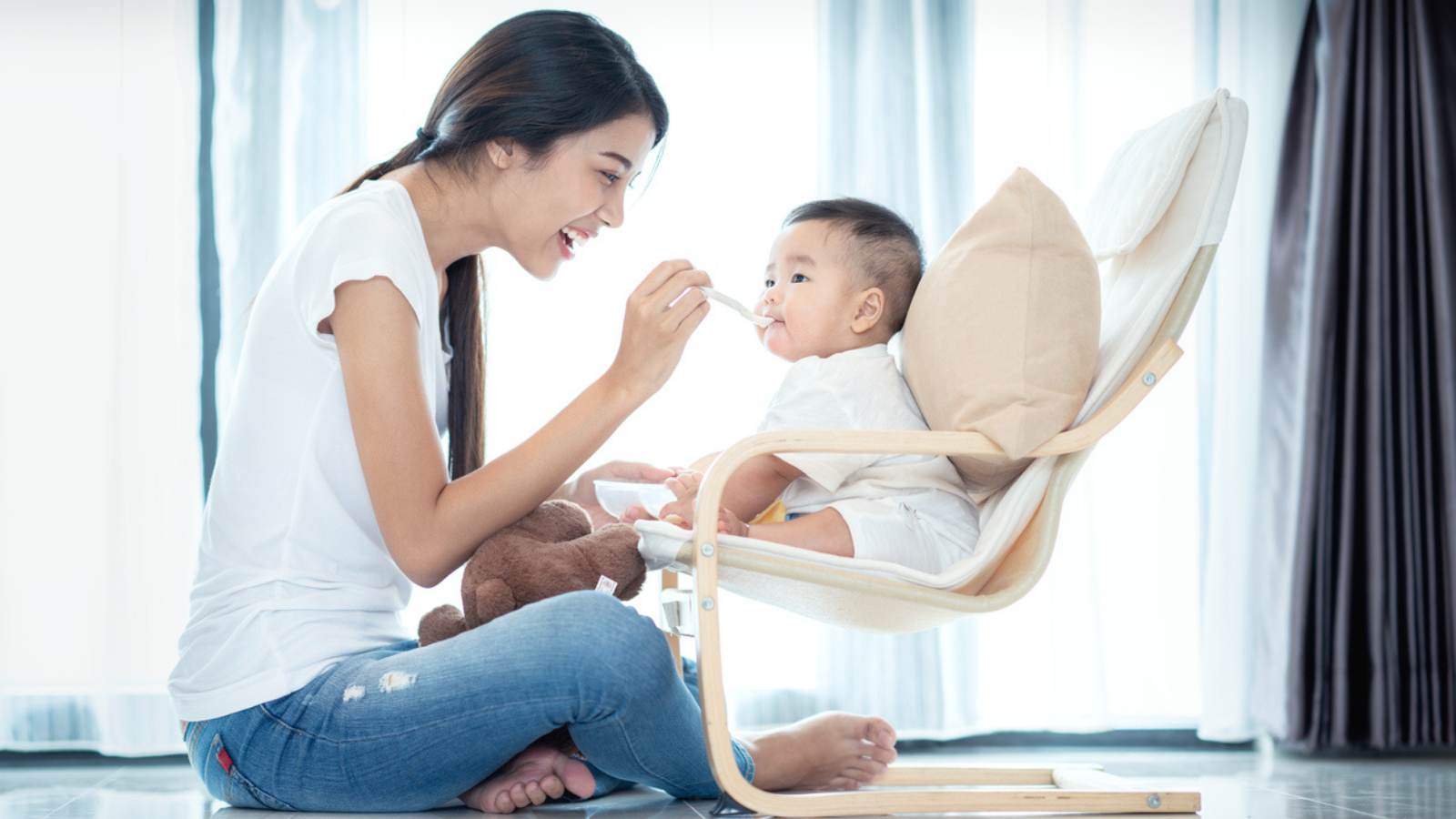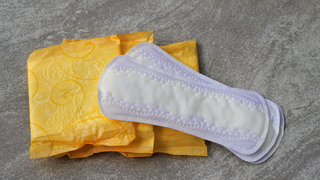In this article:
Let’s explore how this method works, the signs that show your baby is ready, and how to make baby-led weaning a happy and stress-free experience for both of you.
What Is Baby-Led Weaning?
Baby-led weaning means letting your baby take the lead in eating. Instead of feeding mashed foods from a spoon, you offer soft, bite-sized pieces of food that the baby can grasp and explore independently.The baby decides how much to eat, building independence and coordination from the start.
Key Principles of Baby-Led Weaning:
- The baby eats family foods in baby-friendly textures.
- No force-feeding or spoon-feeding unless assistance is needed.
- The baby controls how much to eat.
- Parents supervise but allow exploration and mess.
When Is a Baby Ready for Baby-Led Weaning?
Every baby develops at a different pace, but readiness for BLW usually appears around six months.Signs Your Baby May Be Ready:
- Can sit upright without much support.
- Shows interest in what others are eating.
- Reaches out for food or attempts to grab it.
- Can hold objects and bring them to the mouth.
- Has lost the tongue-thrust reflex (which pushes food out).
Why Choose Baby-Led Weaning?
Many parents in India are drawn to baby-led weaning because it aligns with our culture of shared family meals and natural feeding rhythms.1. Encourages Independence
Babies learn to explore food at their own pace, fostering confidence and decision-making from the start.2. Supports Motor Development
Picking up food helps babies improve their hand-eye coordination and fine motor skills. It also helps them learn to chew before swallowing, which supports their mouth development.3. Builds Healthy Eating Habits
When babies eat with family members, they observe and mimic healthy eating behaviours. They also learn to appreciate different tastes and textures.4. Reduces Mealtime Battles
Since the baby decides what to eat, mealtimes become less stressful and more enjoyable. There’s no pressure to finish a bowl.5. Encourages Family Bonding
Eating together creates shared moments of laughter, learning, and connection. The baby becomes part of the family table early on.How to Begin Baby-Led Weaning
The transition to solids can feel overwhelming, but keeping it simple and natural works best.Start Slow and Safe
- Begin with one meal a day when the baby is alert and not too hungry.
- Offer one or two soft, well-cooked foods.
- Set the baby upright in a stable highchair.
Best First Foods
Choose foods that are soft, easy to grasp, and not choking hazards.Examples include:
- Steamed carrot or sweet potato sticks
- Soft banana or avocado slices
- Well-cooked dal or khichdi pieces
- Boiled potato chunks
- Soft idlis or upma pieces
Encourage, Don’t Instruct
Let your baby touch and explore food. It might get messy, but that is perfectly fine. Babies learn best through play and trying new things.Safety Tips to Keep in Mind
Safety is central to baby-led weaning. Always supervise and stay calm while your baby explores food.1. Supervise Constantly
Never leave the baby unattended during meals. Choking is rare but possible.2. Avoid High-Risk Foods
Skip foods that can block the airway, such as:- Nuts and whole seeds
- Raw apples or carrots
- Popcorn
- Large grapes (serve halved or quartered)
3. Ensure Correct Posture
The baby should sit upright, not reclined. Good posture reduces the risk of choking and supports digestion.4. Learn the Difference Between Gagging and Choking
Gagging is a normal reaction that helps babies handle new textures. Choking, on the other hand, is quiet and needs you to act right away. Learn the basics of first aid for babies.5. Introduce One Food at a Time
Wait at least two to three days before adding new foods. This helps identify any allergic reactions early.Tips for Parents Practising Baby-Led Weaning
- Eat with your baby. When you model eating, your baby learns from you.
- Offer water in a small open cup during meals.
- Be patient; it may take time for your baby to eat significant amounts.
- Avoid distractions like screens during mealtime.
- Respect your baby’s signals. When they turn their head away or close their mouth, it means they’re full.
Things might get messy in the beginning, but there will be plenty of joy and growth along the way. Each bite, squish, and giggle shows your baby is learning something new.
Take it slow, trust your instincts, and remember that your baby will show you the way.
Whether you’re pregnant, a new mom, or navigating postpartum, you don’t have to do it alone. Join our support group to connect, share, and support one another.
FAQs on Introducing Solids the Natural Way: A Complete Guide to Baby-Led Weaning
- At what age is it best to start baby-led weaning?
Most babies are ready around six months, once they can sit upright and show interest in food. Always check with your paediatrician before starting solids. - Can I combine baby-led weaning with spoon-feeding?
Yes, many parents follow a mixed approach. You can offer soft finger foods alongside mashed foods spoon-fed. - How do I handle family pressure against BLW?
Educate gently. Share information about its safety and benefits. You can demonstrate how safely your baby manages food when seated properly and supervised.






